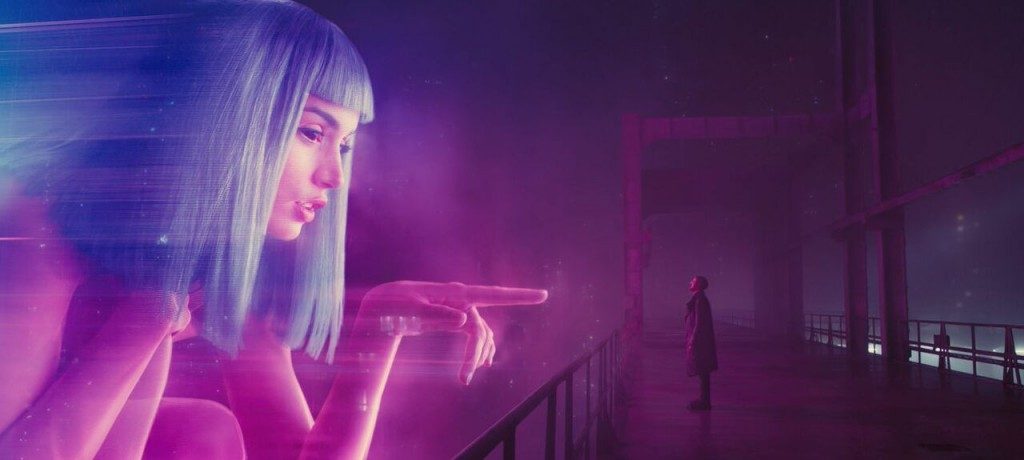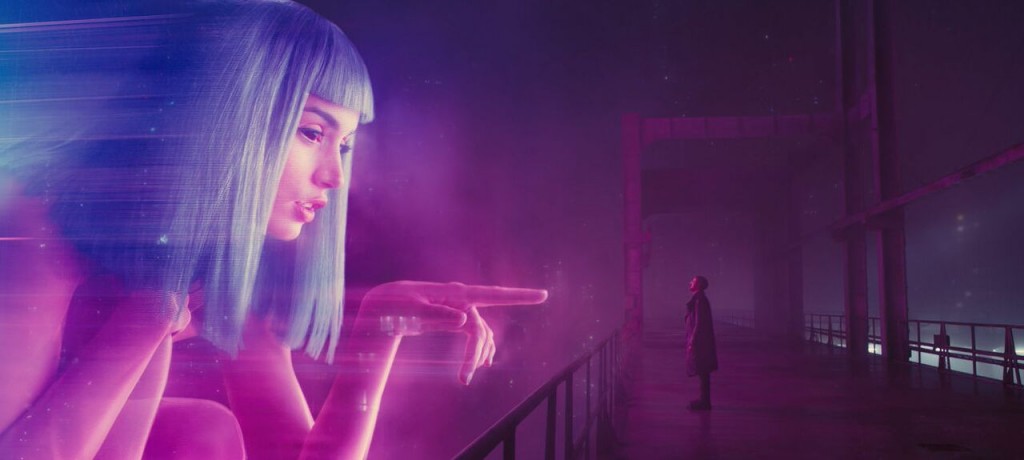
‘Blade Runner 2049’ film review
By Jillian McMullen, Staff Writer
3.5/5
The first time I saw the original Blade Runner, I was about 10, at the home of my mother’s best friend, and it played in the background as I waited for dinner. I remember flashes of Deckard wandering seedy streets but not much else, my 10-year-old attention probably elsewhere—that is, until the final scene. I distinctly remember being captivated by Roy’s final poetic lines, delivered in the pouring rain.
This memory remains one of the first times I recall being conscious of a film’s artistic aesthetic, so I’ve always held the cult film in high regard. When I learned that Warner Bros. was planning a sequel I was pretty skeptical about how it would “live up” to the legacy. I’m not often someone who thinks sequels are necessary or even constructive plot-wise: Usually they don’t add a lot of complexity to the story arc and, more often than that, they’re simply made by producers grasping at straws, trying to cash in on the first film’s success,. In my opinion, this usually just ends up perverting the authenticity of the original artistic production.
So, when I entered the theatre last week on one of my few days off, I had my reservations. And, when I left two and a half hours later, I felt relatively satisfied.
The story is set 30 years after the original in a dystopian Los Angeles, where bioengineered humans known as replicants are used as slaves to the human population. One such replicant, Agent K—played by Ryan Gosling—is a blade runner, someone who euphemistically “retires” older generation replicants. The retiring of one of these rogue replicants sees K stumbling upon the bones of a long-dead female replicant, one who seemingly bore a child. Replicants are thought not to have souls because they are not truly “born,” but this discovery threatens to disrupt the hierarchy based on this narrative. The majority of the film follows K in his investigation to find the human-replicant child.
The film’s cinematography is arguably its greatest success and where it trumps the original. Roger Deakins maintains the dark grittiness of the 1982 version, imagining the outskirts of Los Angeles as an infinitely sprawling wasteland of artificial farming, with its city core saturated with massive advertisements projected on mega-skyscrapers. The CGI work is also spectacular, namely for Joi, K’s holographic companion. There is a particularly remarkable scene where she is projected onto the body of another character, as a way of “making her real.”
Where the film falls short is the plot. While the original meaningfully deals with tensions over the relationship between present and future, the only question this film seems to grapple with is the structure of humanity, which seems rather obvious in a film about engineered life. It sometimes feels like the filmmakers are beating their audience in the head with a stick that has “who can have a soul” written on it. What is really missing in the writing for me is one of those captivating moments like the original had with Roy’s death.
Without spoiling the ending, the film, as I suspected, falls into the “sequel trap” of leaving more loose ends than is really reasonable, so I suspect another film might be in the works. Ultimately, I did enjoy the film. While it doesn’t carry the philosophical weight that makes the original resonant even today, Blade Runner 2049 is visually stunning and a testament to the amazing things filmmakers can do with technology.

